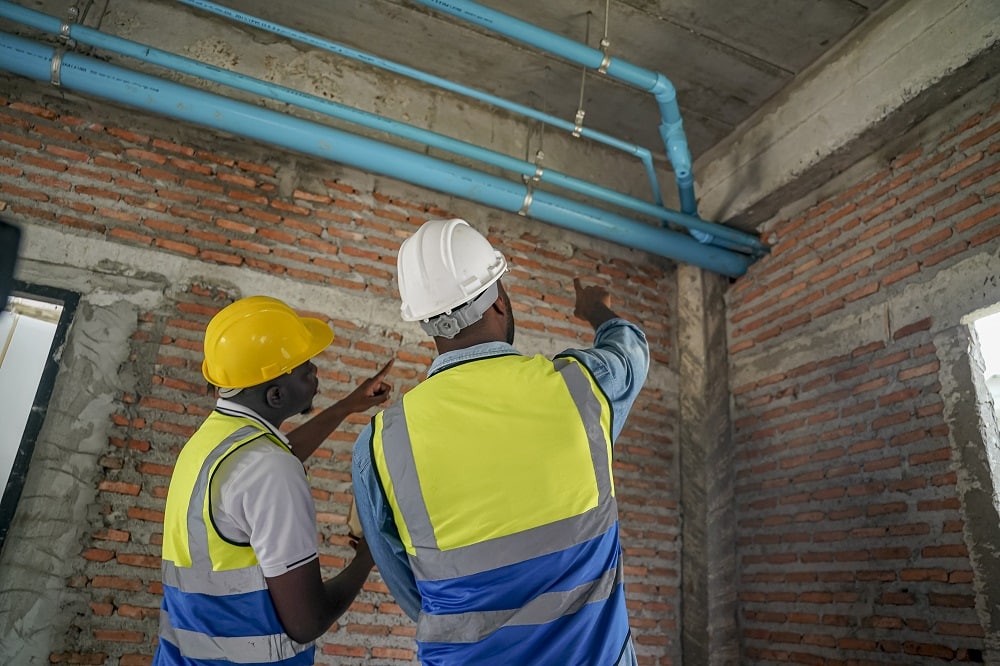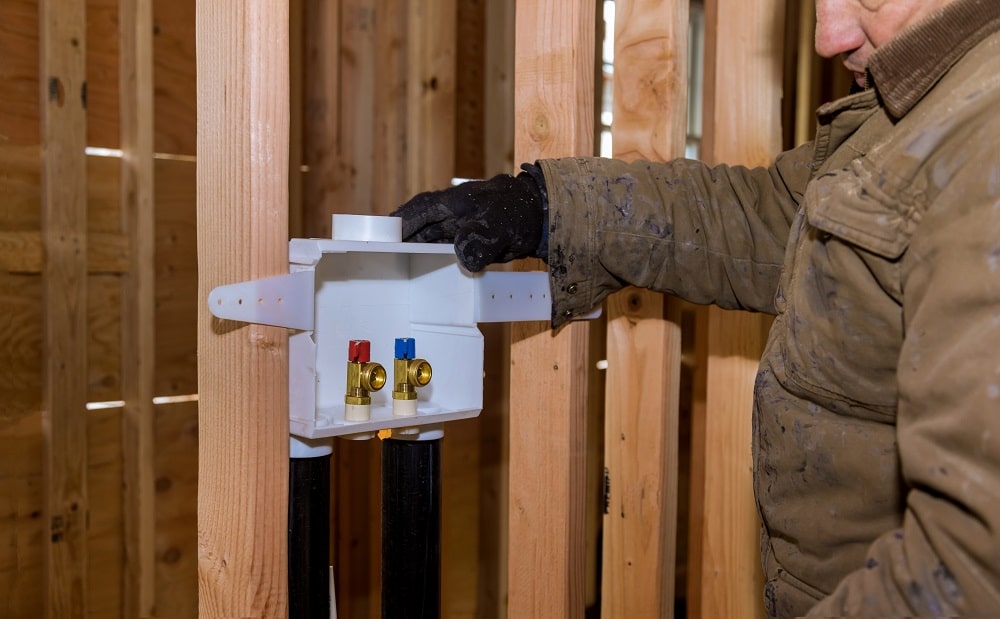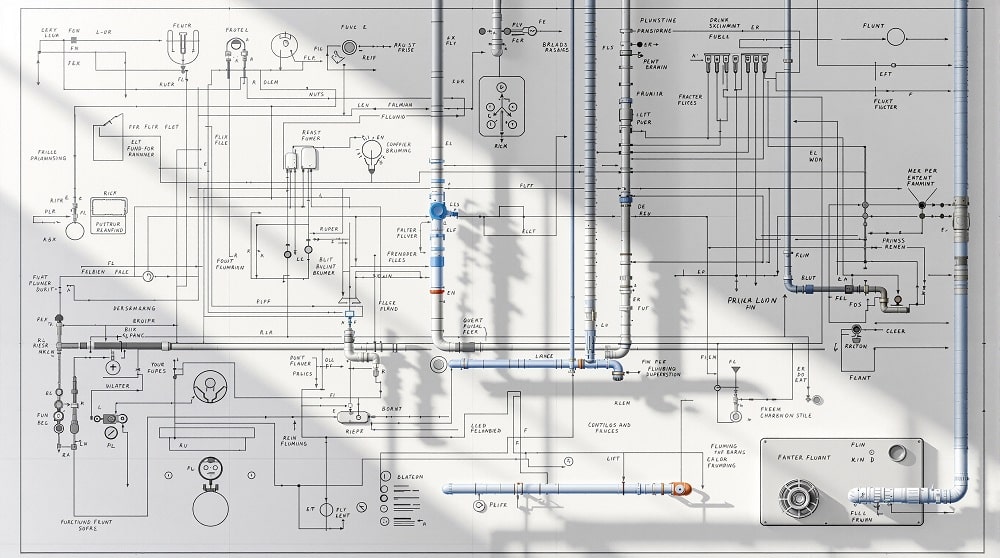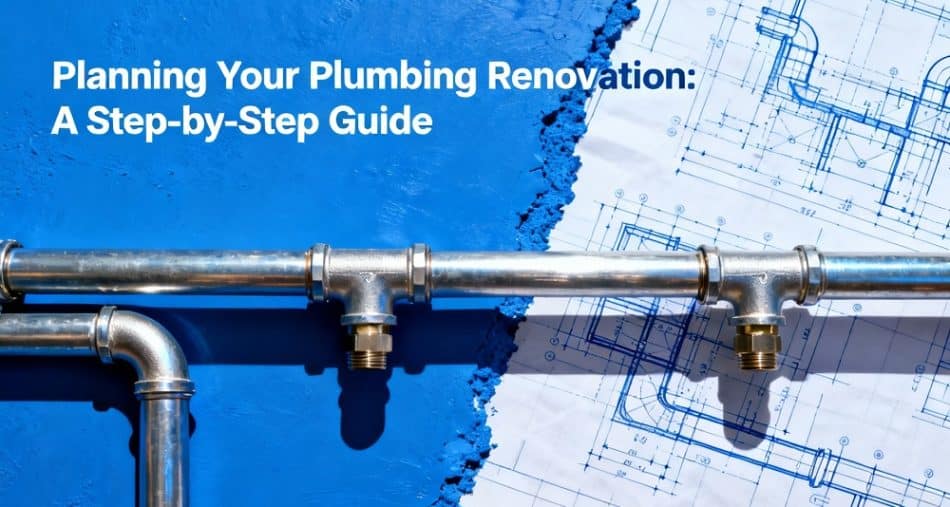Planning Your Plumbing Renovation: A Step-by-Step Guide
-
 tomsplumbing
tomsplumbing -
 0 Comment
0 Comment
Table of Contents
- Key Takeaways
- Initial Plumbing Assessment
- Define Your Project Scope
- Your Plumbing Renovation Plan
- Complete Your Renovation With Our Experts
Renovating your plumbing system requires careful planning, from assessing your current setup to selecting materials and hiring qualified professionals. With the right approach, you can avoid costly surprises, keep the project within budget, and achieve results that add long-term value to your home.
At Tom’s Plumbing and Drain Service, LLC, we do more than guide you through the process. We provide complete plumbing renovation services from start to finish. Our licensed plumbers manage inspections, planning, and installation with professionalism and attention to detail.
Contact us today to schedule your plumbing renovation, and let our experts deliver the reliable results your home deserves.
Key Takeaways
- Start with a thorough assessment to uncover both visible and hidden plumbing issues.
- Define a clear project scope with goals, priorities, and future needs to guide the renovation.
- Map and design your system layout carefully to manage costs and ensure compliance with local codes.
- Choose durable materials like PEX or copper and integrate efficiency upgrades for long-term savings.
- Work with licensed professionals like Tom’s Plumbing and Drain Service, LLC to manage the entire project from inspection to installation.
Initial Plumbing Assessment
The assessment stage is one of the most important parts of planning a renovation. It helps you understand the current condition of your plumbing system and identify potential problems and defines the project scope while staying compliant with local codes and regulations.
Visual Inspection

Diagnostic Tests
A visual check only reveals surface-level issues. Diagnostic tests uncover hidden problems that could affect your renovation. Pressure tests help locate leaks, drainage tests reveal clogs, and a video inspection camera allows you to see inside pipes for precise identification of problem areas. These tests provide clarity and help you take immediate action where necessary.
System Impact
If you plan on adding or relocating fixtures, such as a second sink, you will need to determine how new supply or drain lines will connect to your existing system. These changes must comply with Knoxville building codes, which is why consulting a licensed plumber during the planning stage is so important.
Define Your Project Scope
A clearly defined project scope is the foundation of a successful renovation. It helps you stay focused, avoid overspending, and ensure that the project meets both your functional and aesthetic goals.
Establish Goals
Identify the main goals of your renovation. Are you upgrading outdated fixtures, improving functionality, or adding value to your home? For example, adding a half bathroom or replacing a small sink with a larger one can enhance both convenience and resale value.
Prioritize Tasks

Future-Proofing
Plan ahead for your household’s future needs. Growing families may require additional sinks, expanded bathrooms, or more durable systems. Choose high-quality materials such as copper or PEX. These options may cost more initially, but they reduce maintenance needs and extend the lifespan of your plumbing renovation.
Your Plumbing Renovation Plan
A detailed plan helps every stage of your renovation run smoothly. Mapping your system, designing layouts, and integrating efficiency upgrades gives you control and reduces unexpected expenses.
Map Existing Lines
Document the location of existing water lines, drains, and fixtures. If your renovation maintains the same configuration, fewer changes will be needed. However, moving a toilet, tub, or sink usually requires relocating pipes, which increases complexity and cost. An accurate map allows your plumber to provide a precise estimate.
Design the New Layout
A new layout should balance practicality with visual appeal. Placing fixtures close together shortens supply lines, saves on material, and maintains water pressure. Keep in mind that moving fixtures hidden in walls or floors increases costs. Work with both a plumber and a designer to create a layout that is efficient and affordable.
Plan the Drainage System
Drainage is a critical part of plumbing design. Pipes must be installed at the correct slope to allow wastewater to flow properly. For smaller horizontal drainage pipes, the common minimum slope is about 2 percent (1/4 inch per foot). Larger pipes may require less slope depending on their diameter and local plumbing codes.
Plan the Supply System

Integrate Efficiency
A renovation is the perfect time to make your plumbing system more efficient. Consider upgrades such as:
- Low-flow faucets and showerheads
- Dual-flush toilets
- A tankless water heater
These features reduce water use, lower energy costs, and add long-term value to your property.
Complete Your Renovation With Our Experts
Plumbing renovations can feel overwhelming, but with the right team, you will get a system that is reliable, efficient, and designed for your household’s needs.
At Tom’s Plumbing and Drain Service, LLC, our licensed professionals handle every aspect of your renovation, from assessment and planning to final installation. We provide dependable service that keeps your project on schedule and within budget.
Call us today to schedule your plumbing renovation, and let us deliver the results your home deserves.


